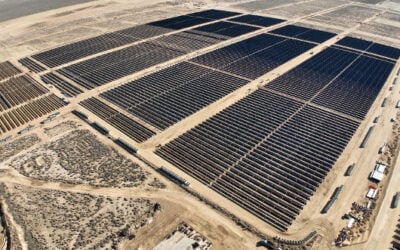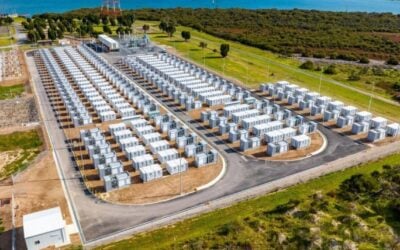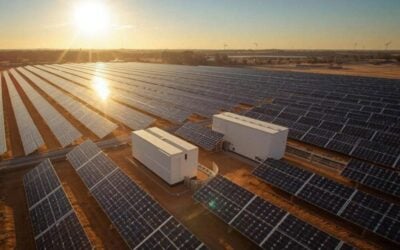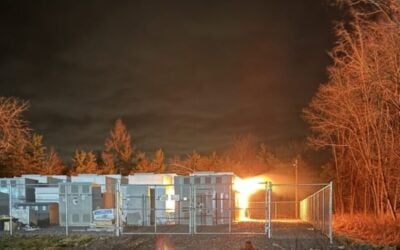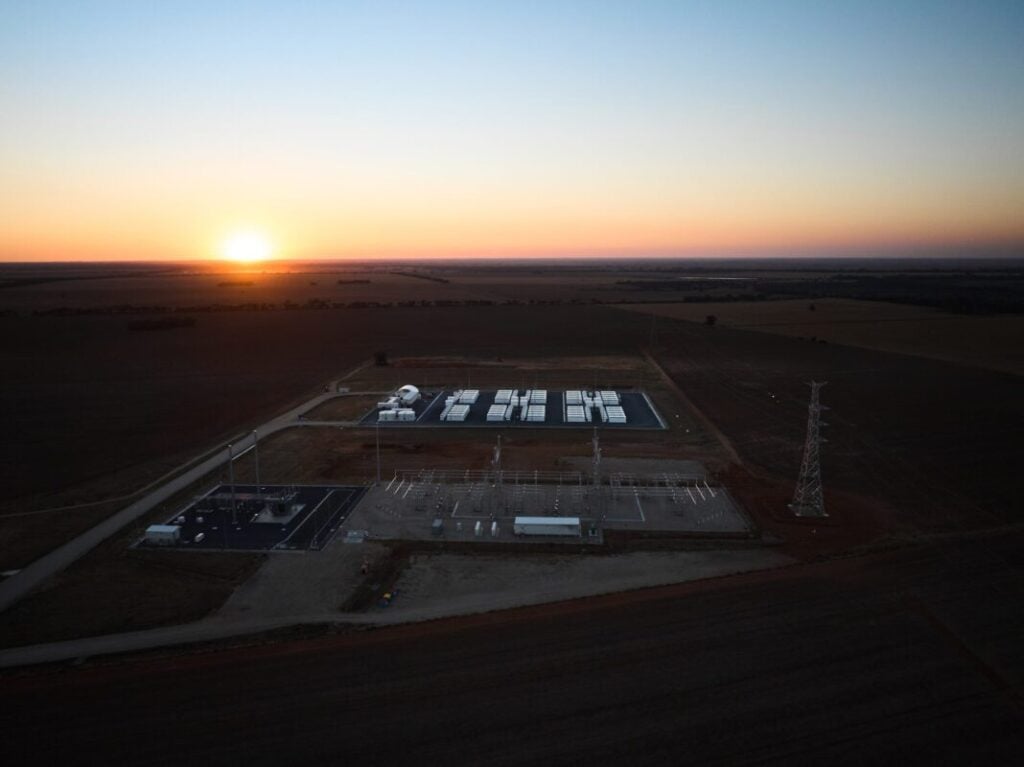
Australian renewable energy developer Edify Energy has confirmed that the 185MW/370MWh Koorangie grid-forming battery energy storage system (BESS) in Victoria is fully operational.
Revealed this morning (23 July), the BESS has officially started importing and exporting electricity at its full nameplate capacity to the National Electricity Market (NEM), which spans Australia’s eastern and southern coasts, as well as the island state of Tasmania.
The BESS is situated in the Murray River Renewable Energy Zone (REZ) in the northwest of the state, around 294km from Melbourne, the state capital. The Koorangie BESS started its commissioning phase in February 2025.
The system features 100 Tesla Megapack units equipped with grid-forming inverters that operate in Virtual Machine Mode. This setup will enable the storage system to function like a conventional generator, providing essential system strength services.
Try Premium for just $1
- Full premium access for the first month at only $1
- Converts to an annual rate after 30 days unless cancelled
- Cancel anytime during the trial period
Premium Benefits
- Expert industry analysis and interviews
- Digital access to PV Tech Power journal
- Exclusive event discounts
Or get the full Premium subscription right away
Or continue reading this article for free
Tesla’s Megapack is an integrated solution that includes lithium-ion batteries, a power conversion system (PCS), thermal management, and controls. The Megapack solution has been used in several major Australian BESS, including the 1,200MWh Stanwell BESS in Queensland and the 1,600MWh Melbourne Renewable Energy Hub BESS.
Sosteneo, a specialist infrastructure investor, is the owner of the AU$400 million (US$254 million) Koorangie BESS. Edify Energy acted as the developer and construction manager for the BESS.
John Cole, executive chairman of Edify Energy, emphasised that the Koorangie BESS will provide AEMO with critical system strength services while dispatching green energy to the grid.
“It’s a powerful example of how advanced grid forming inverter and battery storage technologies can combine to solve some of the most complex challenges in Australia’s energy transition,” Cole added.
The use of grid-forming inverters
Despite its rich wind and solar resources, northwest Victoria has faced grid constraints that limit renewable energy exports. To address these issues, the Koorangie BESS will feature grid-forming inverters.
Grid-forming BESS differs from traditional battery storage systems in its ability to actively stabilise the grid by mimicking the behaviour of synchronous generators.
These systems are designed to support the grid’s operational continuity and ensure uninterrupted power supply, even during grid outages. They often set their own internal voltage waveform reference and can synchronise with the grid or operate independently of other generation sources. This makes them ideal for maintaining system strength in a renewables-dominated grid.
With synchronous inertia, which is typically provided by coal, gas, and hydropower plants, set to be lost via the widespread closure of coal-fired power plants in the NEM, grid-forming inverters have been deemed a significant opportunity in Australia.
This potential was recently seen when AEMO made grid-forming BESS an investment priority in 2026 for both the NEM and Western Australia’s South West Interconnected System (SWIS).
Australian transmission system operator Transgrid also announced that grid-forming BESS and synchronous condensers will form the ‘heartbeat’ of the New South Wales power system, with a view to delivering 5GW by 2032/33.
In addition to this, the interest surrounding the technology saw Fluence’s Rob Hills, APAC vice president of engineering and commissioning, and Sam Markham, growth manager, Australia and New Zealand, deem the technology a trend in the NEM for the foreseeable future in an exclusive interview with ESN Premium.
OX2 bags EPBC Act approval for 90MW solar-plus-storage site in Australia
In other news, Swedish solar developer OX2 has received approval for a 90MW solar-plus-storage site in New South Wales via Australia’s Environment Protection and Biodiversity Conservation (EPBC) Act.
The Summerville solar-plus-storage site, which is being developed in the Richmond Valley region of the state, around 57km southwest of Lismore, will feature a co-located 90MW/360MWh battery energy storage system (BESS).
On 17 July, it was granted the “approved without conditions” notice, which officially cleared the project to go ahead. The project was first submitted to the EPBC Act on 6 June, meaning a decision was granted in 41 days.
The Summerville solar-plus-storage site will connect to the New South Wales electricity network and the NEM through a short underground connection to the existing 132kV Lismore to Koolkhan overhead line located to the southeast of the site.
The Summerville project will span 240 hectares, predominantly used for cattle grazing, 3km east of Rappville. It will feature around 215,000 solar PV modules. The BESS will cover 1.9 hectares of land and act as a large-scale supplier to the grid.
OX2 expects the solar-plus-storage site to begin operations in 2027.
Parts of this article first appeared on our sister site PV Tech.
Our publisher, Solar Media, will host the Battery Asset Management Summit Australia 2025 on 26-27 August in Sydney. You can get 20% off your ticket using the code ESN20 at checkout.

